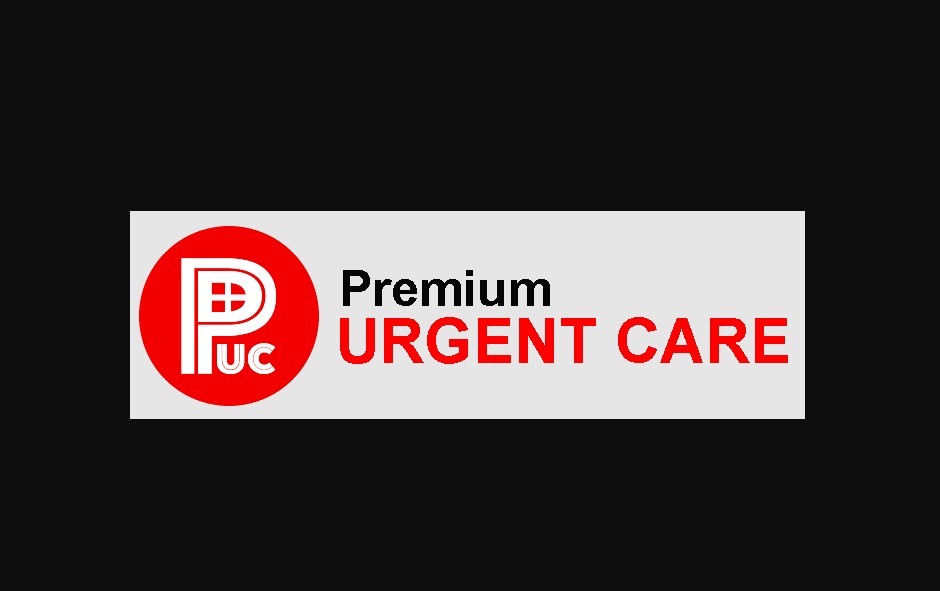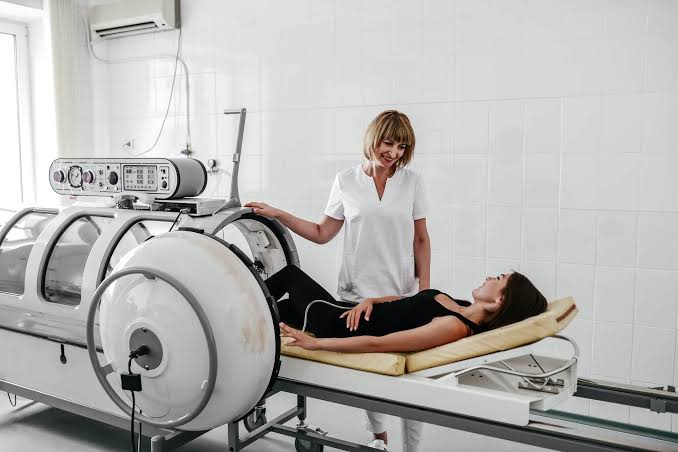Introduction
If you’re seeking alternative approaches to managing your headaches, our allied health clinic offers a range of therapies that can complement or serve as alternatives to conventional treatments. These alternative therapies focus on restoring balance and promoting overall well-being, offering a unique perspective on headache relief.
Understanding Alternative Therapies for Headache Relief
A Holistic and Integrative Approach
Alternative therapies encompass a diverse range of practices that aim to address the underlying causes of headaches and promote natural healing. These therapies often consider the interconnectedness of the body, mind, and spirit and emphasize the body’s innate ability to heal itself. Alternative therapies for headache relief may include acupuncture, homeopathy, herbal medicine, biofeedback, and energy healing modalities.
The Benefits of Alternative Therapies
One of the advantages of alternative therapies is their personalized nature. Practitioners of alternative therapies take the time to understand your unique needs and tailor their treatments accordingly. These therapies are often gentle and have minimal side effects, making them suitable for individuals seeking drug-free options or those who may have had limited success with conventional treatments.
Exploring Alternative Therapies for Headache Relief
Acupuncture involves the insertion of thin needles at specific points on the body to restore energy flow and promote balance. Homeopathy utilizes highly diluted substances to stimulate the body’s healing response. Herbal medicine uses the healing properties of plants to address the underlying causes of headaches relief. These alternative therapies can provide relief by targeting various factors contributing to headaches, such as muscle tension, hormonal imbalances, or emotional stress.
Collaborative Approach for Comprehensive Relief
When choosing alternative therapies for headache relief, it’s essential to work with qualified practitioners who can guide you through the process. Our allied health clinic offers a collaborative approach, bringing together professionals from various fields to provide comprehensive care. We can help you integrate alternative therapies into your treatment plan, ensuring that they align with your specific needs and goals.
Conclusion
If you’re seeking a different approach to managing your headaches, alternative therapies can offer personalized and gentle care. At our allied health clinic, we recognize the value of these therapies in promoting overall well-being and providing headache relief. By exploring alternative therapies such as acupuncture, homeopathy, and herbal medicine, you can discover new possibilities for managing your headaches. Choose our clinic for comprehensive care and a commitment to helping you find relief through alternative approaches.













